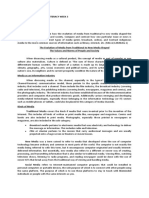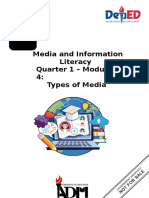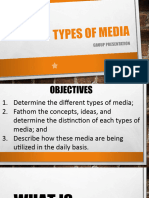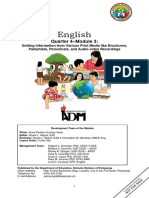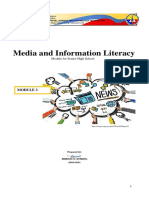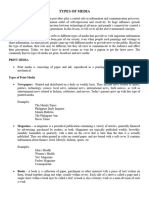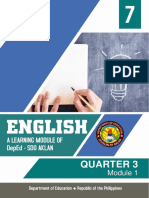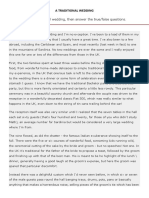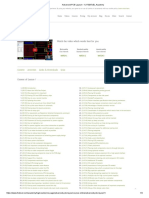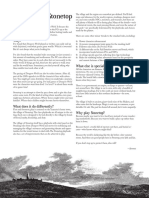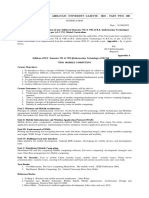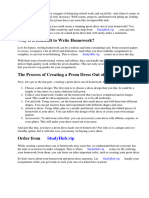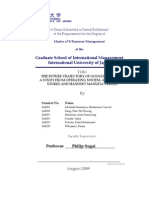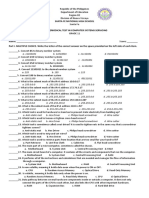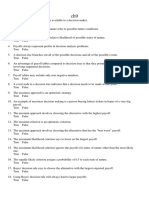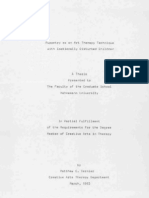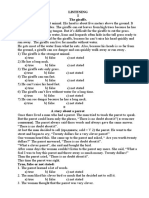0% found this document useful (0 votes)
18 views9 pagesMIL Module3
This document is a curriculum module for Grade 12 students focusing on Media and Information Literacy, specifically exploring various types of media including print, broadcast, and new media. It outlines essential learning competencies, performance outcomes, and intended learning outcomes related to understanding media's evolution and ethical use of information. The module includes activities, discussions, and assessments to engage students in analyzing the role of media in society and developing their media literacy skills.
Uploaded by
kianbretana6Copyright
© © All Rights Reserved
We take content rights seriously. If you suspect this is your content, claim it here.
Available Formats
Download as DOCX, PDF, TXT or read online on Scribd
0% found this document useful (0 votes)
18 views9 pagesMIL Module3
This document is a curriculum module for Grade 12 students focusing on Media and Information Literacy, specifically exploring various types of media including print, broadcast, and new media. It outlines essential learning competencies, performance outcomes, and intended learning outcomes related to understanding media's evolution and ethical use of information. The module includes activities, discussions, and assessments to engage students in analyzing the role of media in society and developing their media literacy skills.
Uploaded by
kianbretana6Copyright
© © All Rights Reserved
We take content rights seriously. If you suspect this is your content, claim it here.
Available Formats
Download as DOCX, PDF, TXT or read online on Scribd
/ 9













